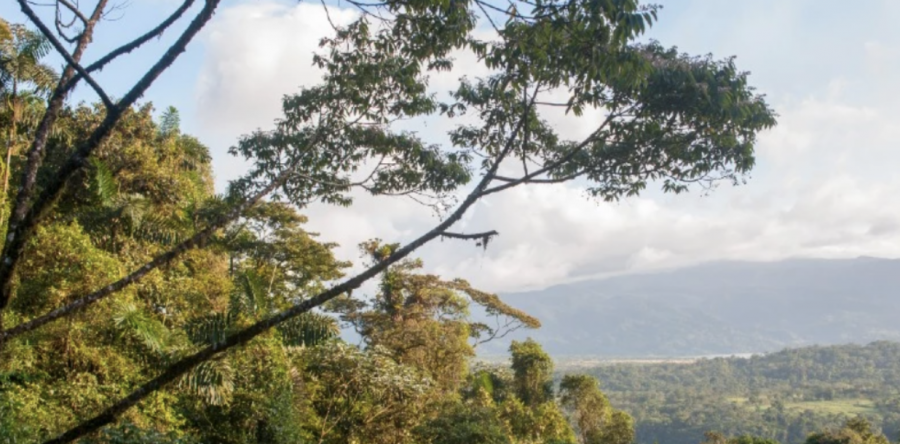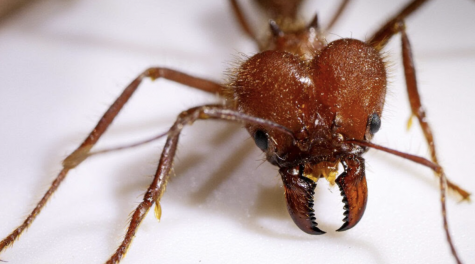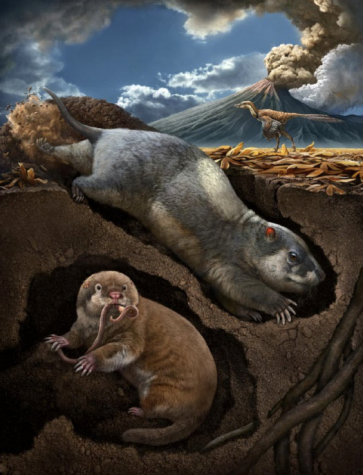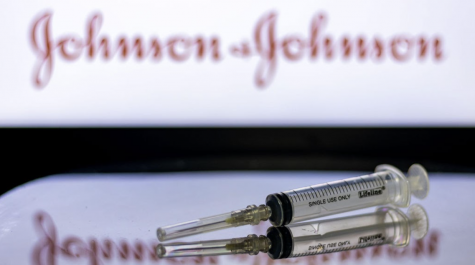Discoveries on Deforestation, Teen Depression, and DNA
Trees Get Coffee Buzzes Too, and it Could Save Forests
Waste from coffee production can make damaged forests regrow four times faster, according to a two year study done in Costa Rica. Coffee pulp, the waste in question, was spread over an area of old agricultural land that had to be reforested. After the two years were up, the area had become a small forest with 80 percent canopy cover.
The coffee waste works well for two reasons: it kills off invasive grass species, which allows native trees to grow back and recolonize quickly, and it also acts as a fertilizer, providing the soil with higher levels of vital nutrients in tree growth. This study yields promising results for ecosystems dying out due to deforestation and could provide hope for the communities trying to revive them.
Scientists Get Closer to Explaining High Depression Rates in Teens
Psychologists at Stanford University have been studying depression in teens, and have figured out a factor that may possibly contribute to its frequency. There’s a part of our brains that regulate how much we want to do or try things and how much enjoyment we get out of doing them. It functions as a motivation and rewards center.
In teens, this spot in the brain is changing a lot, developing risk awareness and other things that come with growing up. It’s more likely not to function perfectly in teenagers than in children or adults. And, if our brain isn’t giving us the proper rewards for our actions – feelings like happiness, accomplishment, and enjoyment – we don’t have the motivation to keep doing them. This turns into a feedback loop that Stanford psychologists believe perpetuates depression in teens. Currently, this idea is just a theory, but psychologists are working hard to keep piecing together the best ways to help teens who suffer with depression.
DNA Detected in the Air
Human DNA can be collected from the air. This discovery was stumbled upon during an experiment to see whether identifying animal DNA could be collected from the air, as it can from the water. This is called environmental DNA, and can be useful for wildlife scientists to see which species are passing through a particular area. In the experiment, scientists not only picked up DNA from the rats they were using to test out air as a DNA conduit, but also from the humans that had been in the chamber with the rats.
This information could change the worlds of airborne disease tracking, forensic sciences, and anthropology. The scientists who discovered it, a team at Queen Mary University of London, are currently working to see how it can be applied to other fields.






